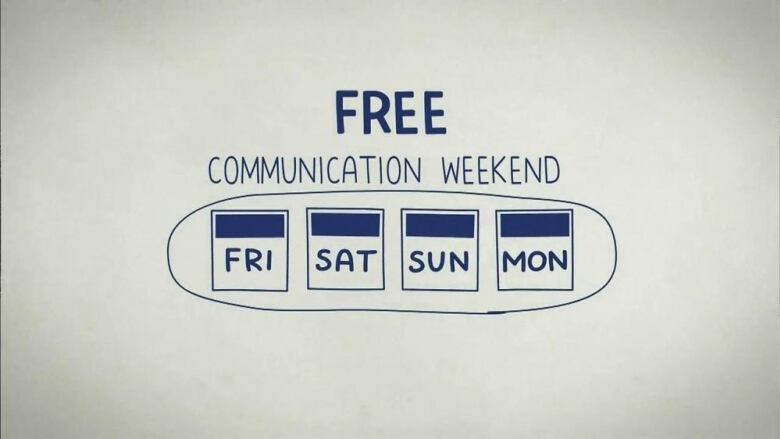Ads ignore information in the hopes consumers will too
Marketers hope to draw attention away from a product's less desirable qualities

Omission neglectis the term for ourtendency to ignore the absence of missing information. By focusing only on theinformation provided and not considering which details may be missing, we're prone tomaking bad decisions.
In Dartmoor, Englandin the late 1800s,Sherlock Holmes has been called in toinvestigate a crime and is briefing the local inspector.
About 35 minutes intothat clipis one of the most famous examples of omission neglect.
On the night of the crime,the dog didn't barkand no one took any notice because it was something that didn'thappen. But Holmes deduced that the dog didn't bark because it knew the perpetratorof the crime, and this helped reveal the perpetrator's identity.
What, you may ask, does this have to do with modern marketing? See if you can spot the omission neglect in this ad.
Because the ad goes into detail about three particular ingredients, we focus on themand neglect to consider which other ingredients may have been omitted. Since skimmilk, cocoa and hazelnuts all sound kind of healthy, we feel good about buying Nutellafor our kids.
In reality, the two largest ingredients in Nutella are sugar and modified palmoil. But since the ad doesn't mention them, we ignore the possibility of their existenceand go on believing Nutella is healthy.
Similarly, this eHarmony ad lists several things it wants us to concentrate on. But what's oneunmentioned item the ad may be drawing our attention away from?
Communicating for free sounds great and suggests eHarmony may be a free dating sitelike Plenty of Fish. Only by really paying attention would we notice that the ad nevercomes right out and says "free membership."
If we neglect this omission, we're likely toget a shock when after getting deep into the eHarmony membership process, we finallylearn that it's going to cost us up to $39.95 per month.
One way marketers help us neglect such omissions is by creating urgency so we don'thave time to think about what's being said, and left unsaid.
Another tactic is omitting or relegating to fine print the information consumers need toadequately evaluate "best in class" promises.
This ad may leave us with the impression that the Ford F-150 is the most fuel-efficientpickup. But notice the information we'd have to research to evaluate this claim like thefact that it only applies to two-wheel-drive trucks, in spite ofa four-by-four being shown, or the fact that the extra cost of the EcoBoost option may offset fuel savings.
Sincethese facts aren't pointed out, it's easy to assume they don't exist.
Of course, none of these tactics are new. But now that you know how omission neglectworks, think backto the method of Sherlock Holmes. Rather than letting adssimply wash over you and seep into your subconscious desires,remain curious andanalyze what's being said, and especially what's notbeing said.












_(720p).jpg)


 OFFICIAL HD MUSIC VIDEO.jpg)
.jpg)



























































































